One thing not clearly covered is that microsoft sql is creating in the background an unique index for the added constraint
create table Customer ( id int primary key identity (1,1) , name nvarchar(128) )
--Commands completed successfully.
sp_help Customer
---> index
--index_name index_description index_keys
--PK__Customer__3213E83FCC4A1DFA clustered, unique, primary key located on PRIMARY id
---> constraint
--constraint_type constraint_name delete_action update_action status_enabled status_for_replication constraint_keys
--PRIMARY KEY (clustered) PK__Customer__3213E83FCC4A1DFA (n/a) (n/a) (n/a) (n/a) id
---- now adding the unique constraint
ALTER TABLE Customer ADD CONSTRAINT U_Name UNIQUE(Name)
-- Commands completed successfully.
sp_help Customer
---> index
---index_name index_description index_keys
---PK__Customer__3213E83FCC4A1DFA clustered, unique, primary key located on PRIMARY id
---U_Name nonclustered, unique, unique key located on PRIMARY name
---> constraint
---constraint_type constraint_name delete_action update_action status_enabled status_for_replication constraint_keys
---PRIMARY KEY (clustered) PK__Customer__3213E83FCC4A1DFA (n/a) (n/a) (n/a) (n/a) id
---UNIQUE (non-clustered) U_Name (n/a) (n/a) (n/a) (n/a) name
as you can see , there is a new constraint and a new index U_Name
